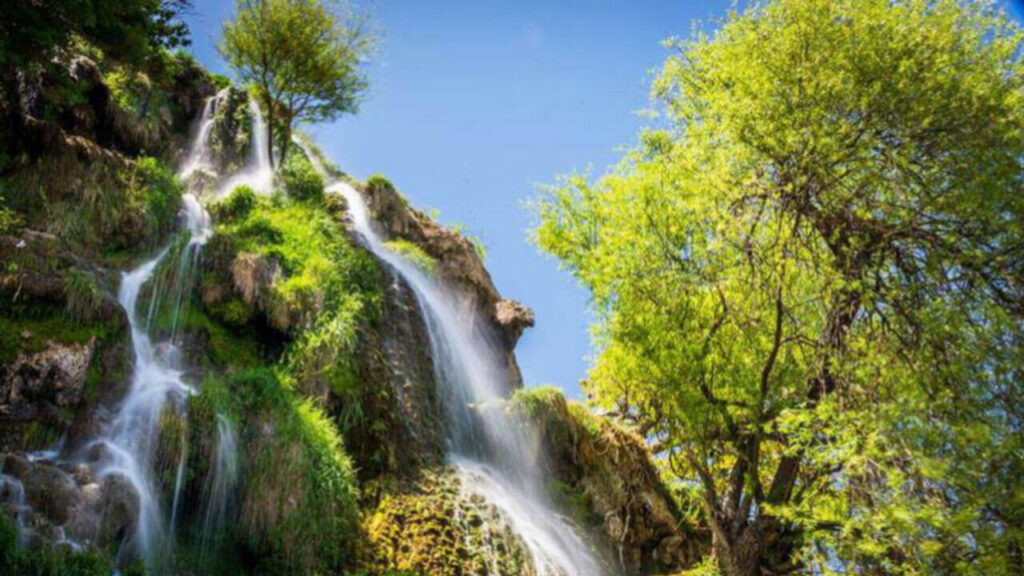Tehran – Niasar Waterfalls in Kashan, Isfahan Province, was registered nationwide as one of five new natural items on the Iranian natural heritage list.
Seyyed Rouhollah Seyyedolasgari told IRNA that during the latest session of National Registration Council of Cultural Heritage Ministry, five natural relics completing Niasar waterfall, the natural landscape and fossil site of Kashan’s Eshkaft, the nebkas (a type of anchored dune that forms by sediment accumulation around grasses, shrubs or trees) of Kashan, the ancient plane tree of Es’haqabad, and Tarqrud City of Natanz’s historic plane trees were listed on the country’s natural heritage list.
He noted that the national registration of these artefacts is an effective tool for not only retaining them, but also introducing the lesser known natural capabilities of the state at the national and international level.
Pointing to the outstanding features of Niasar Waterfalls, he said, “This waterfall, located in one of the natural and historical symbols of Kashan, exemplifies a unique example of the coexistence of nature and civilization, along with outstanding monuments such as the Temple of Fire at Sassanid and the two-storey Niasar Aqueduct.”
Seyedolasgari added that the national registration of the waterfall is an effective step to maintain its natural heritage, promote sustainable tourism and improve the scientific and cultural status of the region.
Pointing to the importance of geological phenomena, he called Nevacus (also known as the sand pot) one of the country’s most unique natural landscapes, saying “The Eschkaft fossil site is of high value in ancient paleontological studies.”
He also stated that two ancient plane trees of Nataz have multiple values as living natural heritage of the region, and that listing them on the national list is an important step towards the protection and conscious exploitation of these green natural relics.
Niasar Falls is located 53 km northwest of Kashan and at the height of Niasar’s greenery and the historic city of Kirk Mountain. Easy to access, this 25-meter mossy waterfall attracts tourists and nature lovers, especially during spring, when the waterfalls are waterier than ever, more attractive and refreshing than ever (early May to late June).
The waters of Niasar Falls come from the spring (Alexandria) next to the four arches of the Sassanid Fire Temple (Chaltaginiasar), and it can be said boldly that the cool, clean Naiaa Falls pay all its history and greatness this spring.
Two-thirds of the waters at Talar Spring flows towards Niasar Falls, from there to Niasar Plains.
KD

